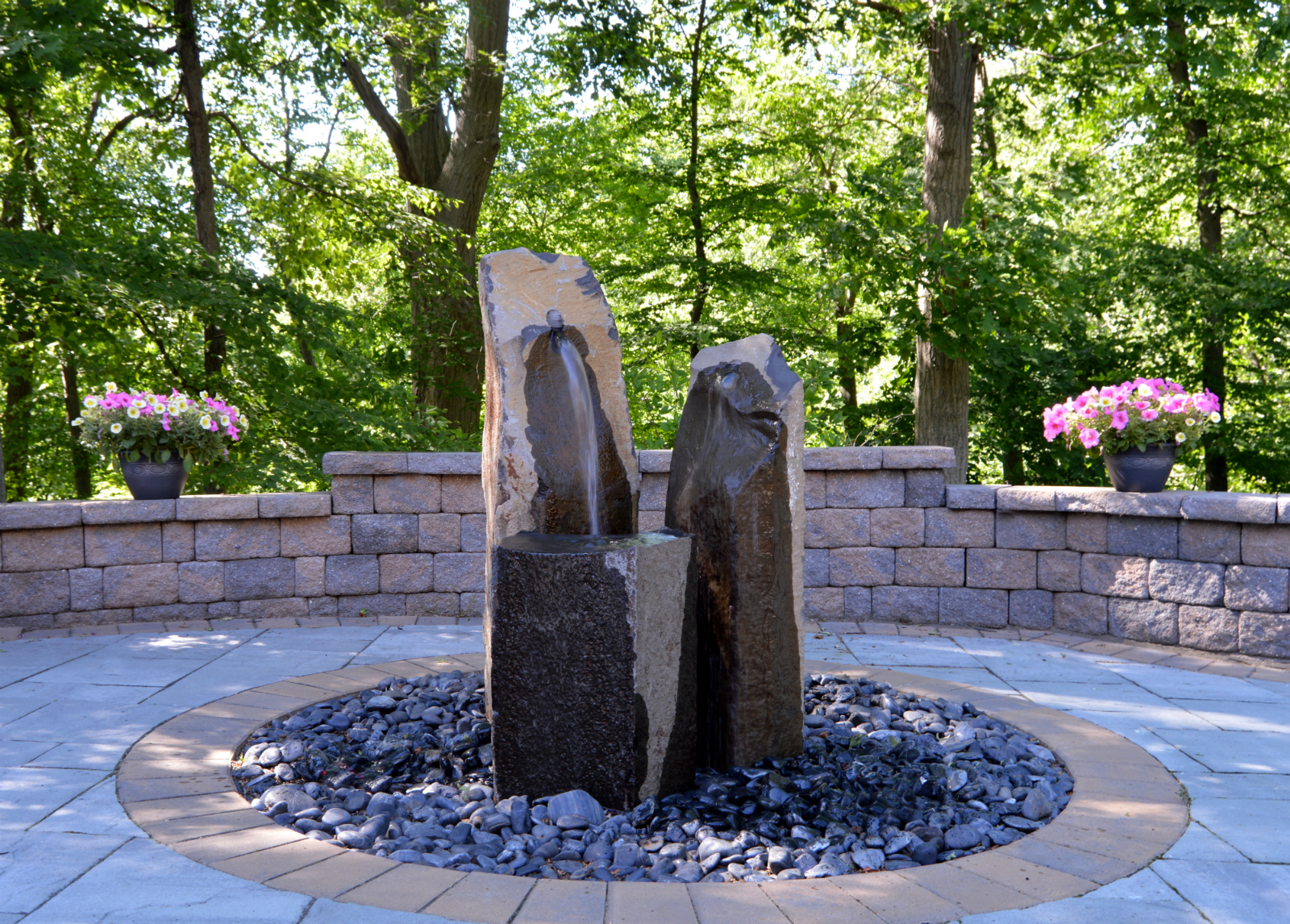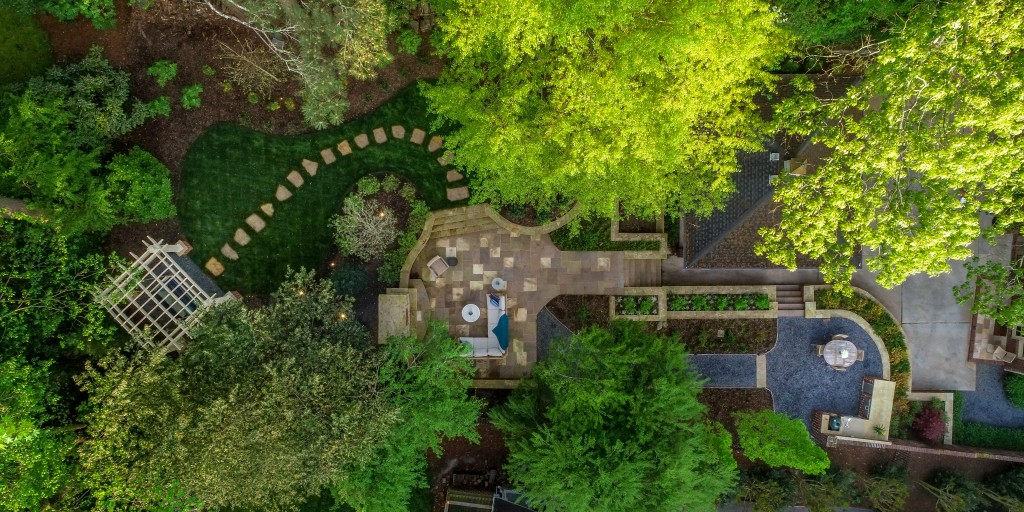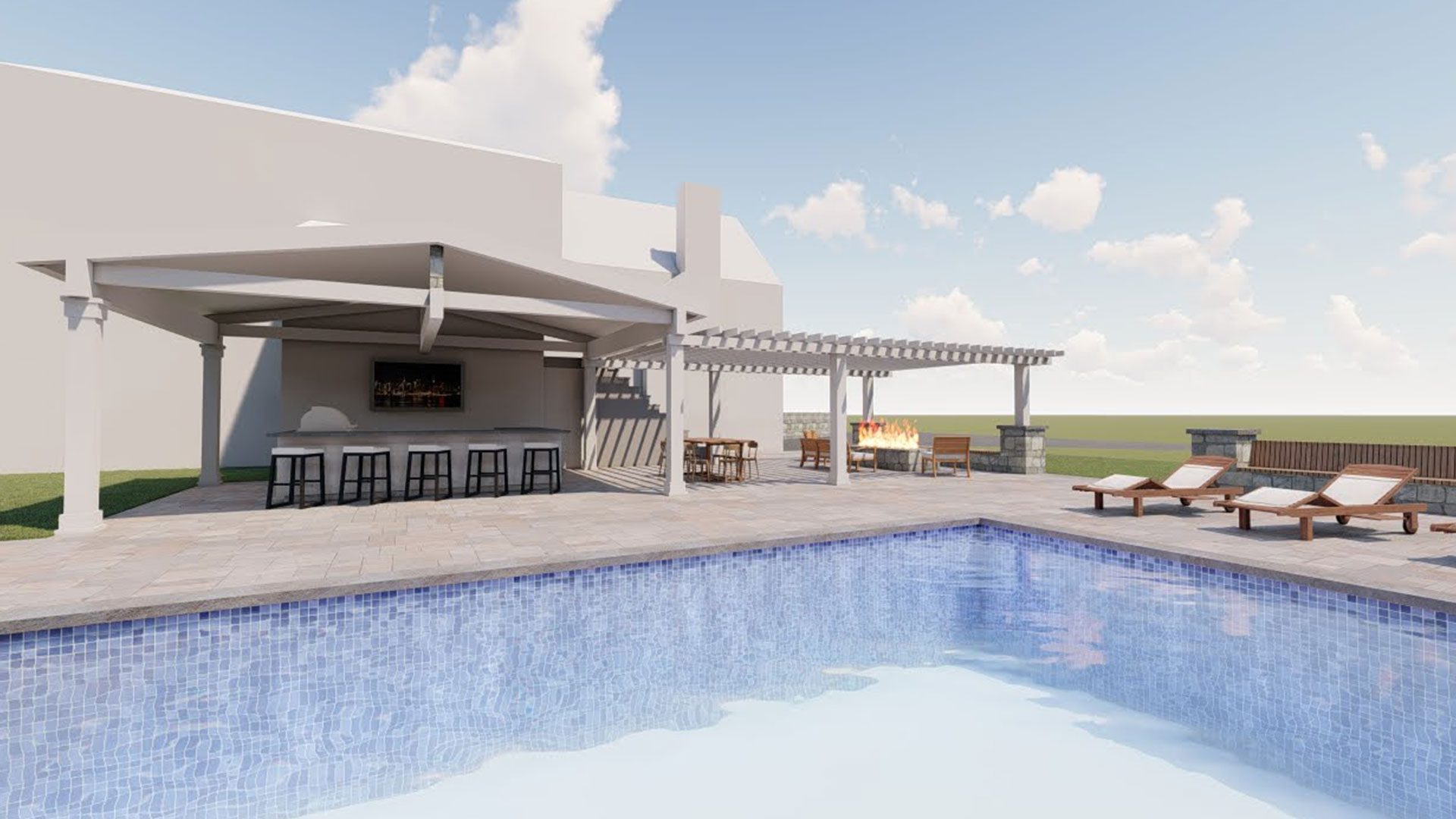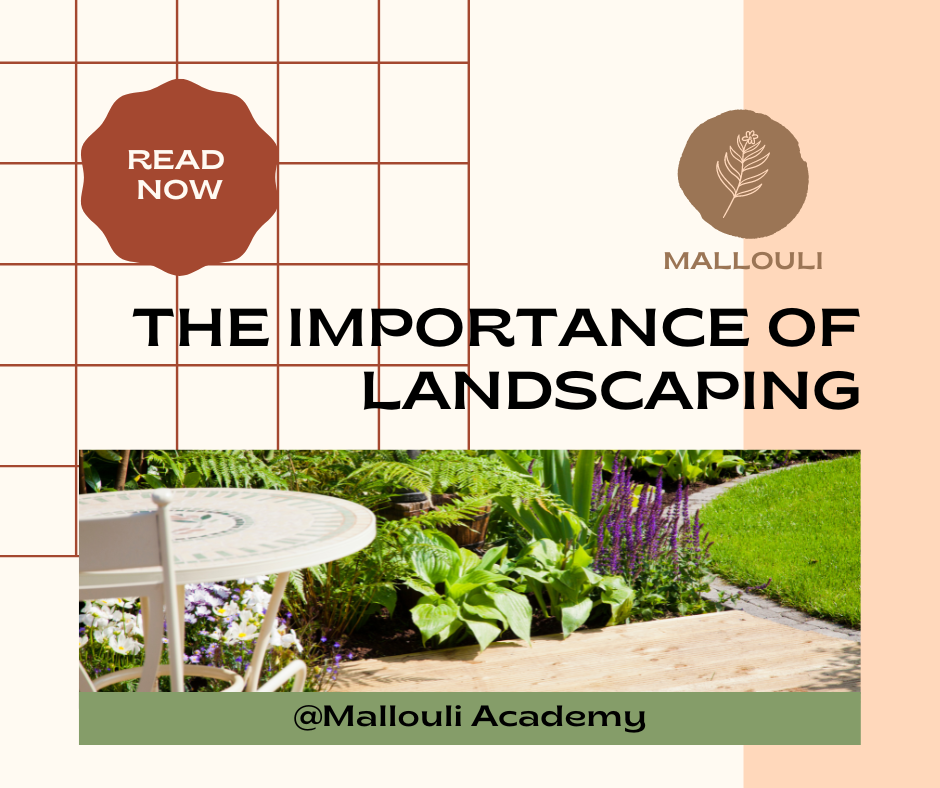The Best Strategy To Use For Landscape Design
Table of ContentsUnknown Facts About Landscape DesignWhat Does Landscape Design Do?Not known Facts About Landscape Design3 Easy Facts About Landscape Design Shown
When developing a residential landscape, the most essential step is to place a plan on paper. Developing a plan of attack will conserve you money and time and is much more likely to cause an effective style. Landscape Design. A master plan is established through the 'style process': a step-by-step method that takes into consideration the environmental conditions, your desires, and the aspects and concepts of layoutThe five steps of the style process include: 1) carrying out a website stock and analysis, 2) determining your needs, 3) producing functional diagrams, 4) developing conceptual layout plans, and 5) drawing a final style plan. The initial 3 steps establish the aesthetic, useful, and horticultural demands for the layout. The last two steps then apply those demands to the production of the last landscape plan.
This is a critical step for both plant selection and positioning and situating household activities and features. It is necessary because the very same environment problems that affect the plantstemperature, moisture, rain, wind, and sunlightalso affect you, the customer. The next step is to make a list of your demands and desiresthis helps you figure out how your yard and landscape will certainly be utilized.
The functional diagram is then made use of to find the task rooms on the website and from this layout a theoretical strategy is developed - Landscape Design. The last step is a last design that includes all the hardscape and planting details that are essential for setup. Throughout the layout process there are 10 crucial points to consider: for plant choice and task place by considering what you want and require to help identify forms and arrange areas by designating activity locations and connecting with elements for both the atmosphere and the customer by making use of massing and layering techniques such as change locations and prime focus in the materials, the shades, and the surface appearances for the growth and upkeep of plants by utilizing sustainable layout practices A thorough stock and analysis of the website is essential to determine the ecological problems for plant growth and the very best use the website
Indicators on Landscape Design You Need To Know
It is constantly best to make use of plants that will flourish in the existing dirt. Where plants expand well, keep in mind the soil conditions and use plants with similar expanding needs.

Sun/shade patterns, the quantity and size of direct exposure to sun or shade (Number 1), develop microclimates (in some cases called microhabitats). Recording site problems and existing plant life on a base map will certainly reveal the place of microclimates in the yard. Plants generally fall right into 1 or 2 of four microclimate categories-full sunlight, partial color, color, and deep color.
Utilities such as power lines, septic containers, underground energies and roof covering overhangs figure out plant location. Utilize a property surveyor's plat of your residential property for the boundaries and area of your home.
Landscape Design - Truths
Establish the time and money you are prepared to place into maintaining the plants and hardscape-be browse around here sensible regarding your intents and capability. Suggested use areas. Debt: Gail Hansen, UF/IFAS There are numerous different landscape design motifs- from basic to facility, but it is helpful to choose one to lead your plant and product selection.

Determine if you desire to open your backyard, shut your backyard, or a little of both, to these sights. Simply put, do you desire the yard to enclose the area around you and connect mainly to the residence, or do you desire the yard to open sights and look external, connecting to the environments? This will give you a starting point to consider a style.
The Facts About Landscape Design Uncovered

Every garden needs to have a kind style, yet not all gardens have a design motif. Lots of residential gardens have no particular design other than to blend with the home by repeating details from the design such as materials, shade, and kind.
In a kind motif the company and form of the spaces in the lawn is based either on the shape of your home, the shape of the areas in between your home and the home boundaries, or a favorite shape of the property owner. The kind motif identifies the shape and organization (the format) of the spaces and the links in between them.
